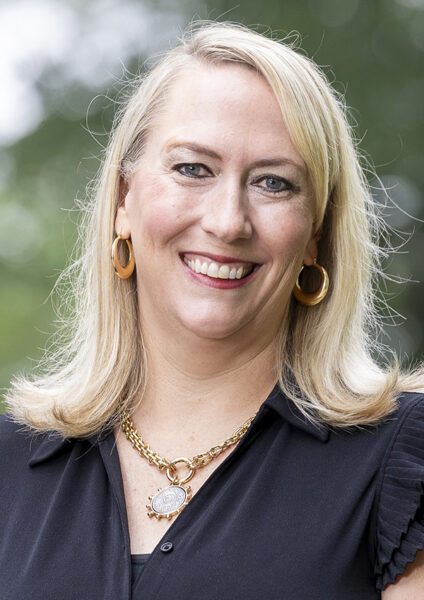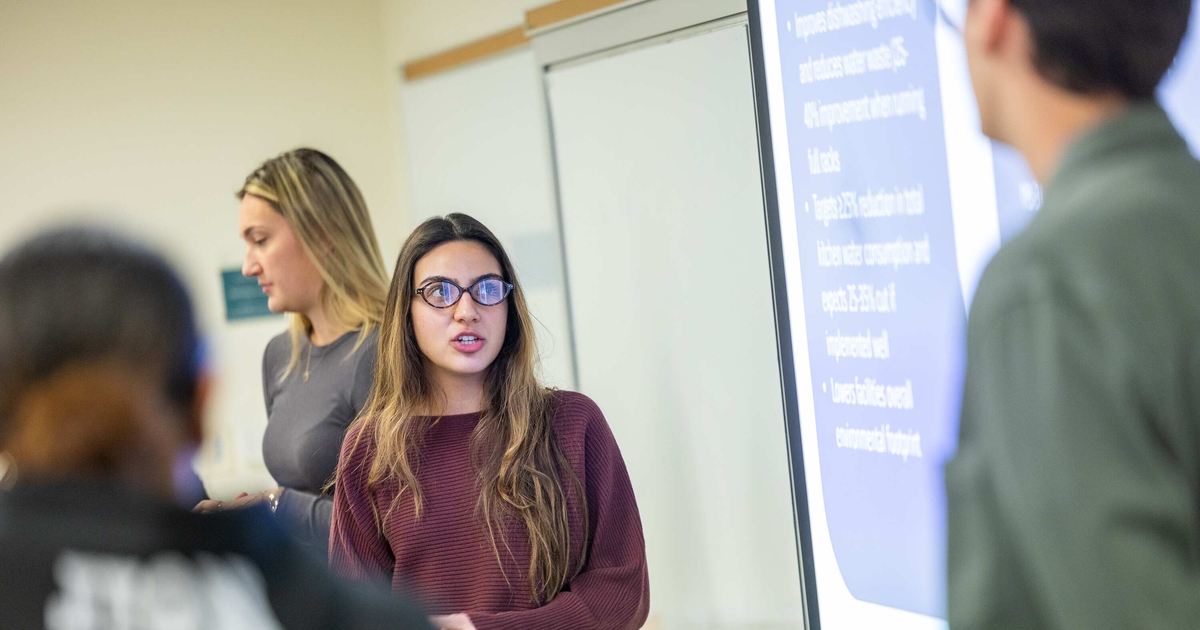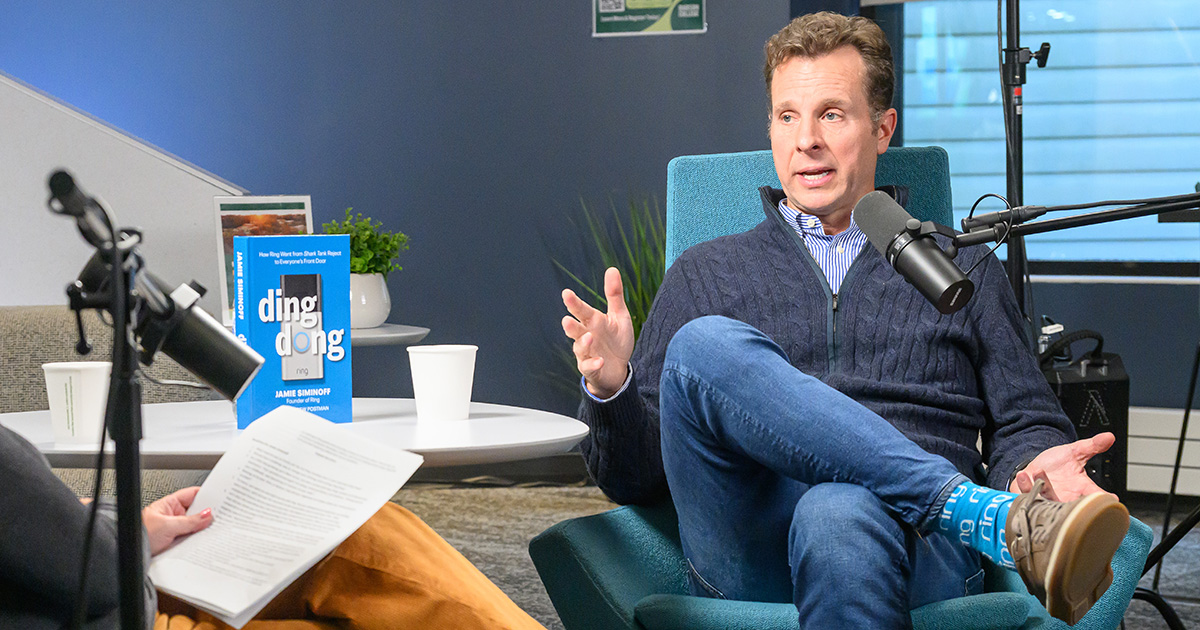What Is Creative Thinking in the Workplace? And How Does It Fuel Innovation and Problem Solving?

As artificial intelligence reshapes how we work, workplace creativity is taking on a whole new meaning. Once thought of as a trait confined to artists or “innovation” teams, creative thinking is now recognized as a must-have enterprise-wide skill—an essential ingredient in everything from product development and marketing to finance and operations. Workplace creativity is no longer just a personal trait; it’s a team sport and an organizational superpower.
Creative thinking also is one of the most essential skills for the workforce, according to The Future of Jobs Report 2025 by the World Economic Forum. With automation taking on many repetitive, rules-based tasks, what remains distinctly human—and increasingly valuable—are problem-solving skills, idea generation, and adaptability.
Beth Wynstra, associate professor of English and theater at Babson College, has spent her career studying the creative process, both on stage and in the classroom. She believes the core skills behind creative performance—empathy, listening, iteration, and risk-taking—are just as critical in business.
“In theater, we don’t call it failing, we call it rehearsing,” Wynstra says. “You try something, it doesn’t work, and you do it again. The idea is to keep moving forward, not to be perfect.”
Here, we discuss why creative thinking skills are so vital in the workplace—especially in this era of rapid change.
AI as a Creative Thinking Accelerator

The way we think about creativity has shifted significantly in the few years since AI became widely used. Importantly, AI isn’t replacing workplace creativity—it’s speeding it up. It helps teams generate variations, test ideas quickly, and bring concepts to life faster than ever. A marketer can spin up a dozen campaign directions in minutes. A designer can instantly tweak product prototypes. Creation becomes more fluid, collaborative, and iterative.
Wynstra sees parallels between how actors prepare for a role and how professionals can use AI tools. “There’s a beautiful relationship between structure and spontaneity in theater,” she says. “It’s the same with creative thinking at work—you need both the framework and the freedom to play within it.”
AI is helping to democratize creativity. Just like smartphones made us all photographers and blogging opened the door for millions of voices, generative AI is giving non-specialists the tools to play in creative arenas that used to be off-limits.
Mindset Unlocks Workplace Creativity
Creative thinking is not just about being the original source of an idea anymore. Today, it includes remixing, curating, refining, and reapplying ideas in smart ways, including using smart tools to bring ideas to life. Whether you’re writing, designing, coding, or strategizing, the ability to generate and shape ideas is what counts.
The result? Teams can move faster, collaborate more easily, and do more with less. What used to take days now takes hours or minutes. Small groups can produce enterprise-level output. Functions that used to operate in silos can now co-create solutions. For companies, this means more agility, tighter alignment with customer needs, and a much faster innovation cycle.
Of course, having access to problem-solving tools is only part of the story. AI is not a source of workplace creativity; it’s a support system. Mindsets are the real engine behind strengthening creative thinking skills. According to the “Innovator’s DNA,” traits such as curiosity, observation, and experimentation are timeless—and essential.
Wynstra emphasizes that mindset is shaped by culture. “You have to build a culture where people feel safe enough to risk looking silly,” she says. “You can’t have true creativity without vulnerability.”
Building Problem-Solving Skills
Inside most organizations, the problem isn’t a lack of ideas—it’s the ability to turn those ideas into action. Bureaucracy can stifle workplace creativity, especially when employees are far removed from the end customer.
Large-scale change initiatives also can backfire, often triggering resistance. A better approach is to start small, test quickly, and build momentum through early wins.
“Directors don’t give actors all the answers. They create the conditions for actors to discover something new. That’s the kind of leadership we need in business, too.”
Beth Wynstra, associate professor of English and theater
Leadership plays a pivotal role here. Leaders can unlock creativity by removing internal friction and giving employees—even those not on the front lines—exposure to real customer challenges. A single firsthand interaction can be a helpful creative thinking exercise. Just as important is celebrating small progress. Each micro-win builds confidence and lays the groundwork for larger innovation.
As Wynstra puts it, “Directors don’t give actors all the answers. They create the conditions for actors to discover something new. That’s the kind of leadership we need in business, too.”
Creative Thinking Skills in Every Function
Creative thinker examples aren’t limited to traditional creative roles. Workplace creativity is just as crucial in finance, legal, and operations, though examples of creative thinking in these functions may look different.
Take finance teams, which now are using AI to turn raw data into insights, build smarter dashboards, and support faster, better decisions. Operations teams are using it to predict disruptions, streamline workflows, and spot opportunities for improvement. With access to these tools, employees aren’t bogged down by labor-intensive data analysis—instead, they are able to quickly generate insights that let them flex their creative thinking and problem-solving skills.
Wynstra believes the key is recognizing that creativity isn’t a niche—it’s a necessity. “Everyone is capable of creative thinking,” she says. “But not everyone is given the invitation to practice it.”
This framework makes it easier to link creative thinking techniques with tangible business outcomes and ensures innovation efforts align with strategic goals.
Examples of Creative Thinking in the Workplace
There are countless ways to flex your creative thinking muscles in almost any work environment. Here are a few creative thinking exercises to try:
- Reframe a common customer complaint as a design challenge
- Shadow another department to discover cross-functional pain points
- Challenge your team to explain your product or service to a 10-year-old—clarity often sparks creative breakthroughs
- Imagine how you would solve a problem with unlimited budget, zero budget, or in a totally different industry
- Invite an outsider’s perspective by asking someone unfamiliar with your work to poke holes or ask naïve questions
Or, as Beth Wynstra might encourage: Step into someone else’s shoes. Literally. “Empathy is a creative act,” she says. “It’s about understanding another person’s experience deeply enough that you can act on it.”
The Bottom Line
Creative thinking isn’t a luxury anymore—it’s a necessity. It’s a mindset, a skill set, and a strategic advantage that spans every department. In a world being reshaped by smart tools, the organizations that lead will be the ones that embrace creative thinking techniques, not just as inspiration but also as practical methods for problem-solving, decision-making, and continuous improvement.
LEARN MORE about Babson’s Professional and Executive Education portfolio, including live-online, Babson On-Demand™, and blended courses for individuals; leadership development programs for organizations; opportunities for advanced students and educators at Babson Academy; and government leadership programs.
Posted in Insights





